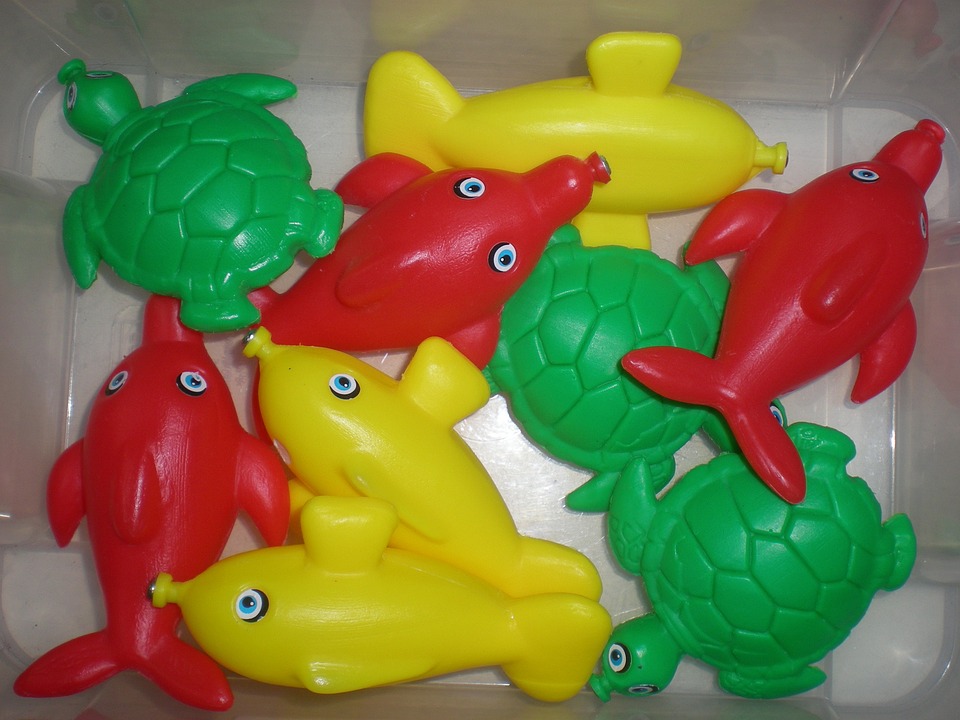**Facilitating Successful Breeding Behavior in Fish: A Comprehensive Guide**
*Understanding Fish Breeding Behavior*
Fish breeding behavior is a fascinating process that involves a series of complex interactions between male and female fish. In order to facilitate successful breeding, it is crucial to create an environment that mimics their natural habitat and provides the necessary conditions for reproduction. This article will delve into the various factors that influence fish breeding behavior and provide valuable insights on how to maximize the chances of successful breeding.
**Factors Influencing Fish Breeding Behavior**
Creating the ideal conditions for fish breeding requires a thorough understanding of the factors that influence their behavior. Here are some key factors to consider:
1. Water Quality and Temperature: Maintaining optimal water quality and temperature is essential for successful fish breeding. Different fish species have specific temperature requirements, and an imbalance in water quality can significantly impact their reproductive behavior.
2. Lighting Conditions: Adequate lighting plays a crucial role in triggering fish breeding behavior. Many fish species rely on changes in natural daylight to initiate the breeding process. By mimicking natural lighting conditions, you can stimulate mating behavior in your fish.
3. Diet and Nutrition: Providing a well-balanced diet is essential for the overall health and reproductive success of fish. Certain nutrients, such as omega-3 fatty acids, can enhance the fertility of fish and improve their chances of successful breeding.
4. Tank Size and Layout: The size and layout of the breeding tank or aquarium can influence fish behavior. Providing ample hiding places, plants, and suitable breeding substrates can create a conducive environment for breeding.
**Promoting Fish Breeding Behavior**
Now that we understand the factors that influence fish breeding behavior, let’s explore some practical tips to facilitate successful breeding:
1. Research Fish Species: Different fish species have unique breeding requirements. Prioritize researching the specific needs of your fish species to ensure you can meet their requirements.
2. Conditioning Period: Before attempting to breed your fish, it is essential to provide a conditioning period. This involves adjusting their diet, ensuring optimal water conditions, and gradually acclimating them to their breeding tank.
3. Mimic Natural Habitat: Recreate the natural habitat of your fish species within the breeding tank. This can be achieved by incorporating appropriate substrates, plants, and hiding places. The closer the environment resembles their natural habitat, the more likely they are to exhibit breeding behavior.
4. Adjust Lighting: Manipulating lighting conditions can stimulate breeding behavior in fish. Research the specific lighting requirements for your fish species and adjust the intensity and duration of light accordingly.
5. Water Parameters: Maintain optimal water parameters, including temperature, pH levels, and water hardness, as per the requirements of your fish species. Regularly monitor and adjust these parameters to ensure a stable and suitable environment for breeding.
**FAQs (Frequently Asked Questions)**
1. How long does it take for fish to breed?
– The breeding timeline varies depending on the fish species. Some fish may breed within a few weeks, while others may require several months to reach sexual maturity and initiate breeding behavior.
2. How can I determine the gender of my fish?
– Determining the gender of fish can be challenging, especially in some species. However, certain physical characteristics, such as coloration, fin shape, or size differences, can be indicators of gender. Consulting a fish expert or referring to species-specific guides can provide more accurate identification.
3. Can I manually induce breeding behavior in fish?
– While it is possible to induce breeding behavior in some fish species through hormonal treatments or other methods, it is generally recommended to create suitable environmental conditions instead. Artificially manipulating breeding behavior should only be attempted by experienced individuals in controlled situations.
4. Why are my fish not breeding?
– There can be various reasons why your fish are not breeding, including inadequate environmental conditions, unhealthy fish, incompatible pairs, or insufficient conditioning. It is crucial to assess and address these factors to increase the chances of successful breeding.
Remember, successfully facilitating fish breeding behavior requires patience, knowledge, and attention to detail. By providing the ideal environment and meeting the specific needs of your fish species, you can enhance their chances of successful reproduction and enjoy the wonders of nature in your own aquarium.









